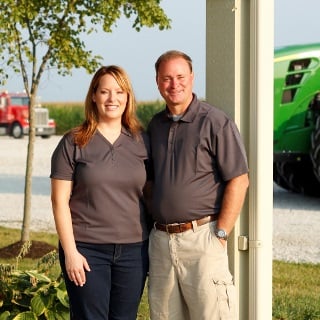As farmers prepare to travel toward warmer temperatures for the annual Commodity Classic, the industry’s latest forecast for commodities will be at the top of their minds.
In early February, the release of much-anticipated reports on grains and commodities from the USDA revealed a bearish outlook for the year ahead. But these forecasts came as no surprise to those familiar with the market, as 2018 had already proven to be a challenging year for the industry, with decreases in grain prices putting strain on net farm earnings overall.
As farmers forge ahead toward planting season, this outlook and its impact on their profitability in the year ahead likely will be a leading a topic of conversation during breakouts and educational sessions in Orlando.
“The reality is that it is going to be hard to rally commodity prices in 2019 without a significant weather event,” said Mark Taulman, Vice President of Agribusiness for Farm Credit Mid-America. “Dryness across the Corn Belt this year might help prices to rally this fall, but farmers cannot base their operations and marketing solely on the weather forecast.”
In tough times such as these, farmers shift their focus to reducing operational and direct production costs. But increased fertilizer costs and increasing interest rates can make cost-cutting a challenge.
“Farmers are doing everything they can to make operational cuts where possible while paying down any debt they owe and reducing interest costs, if possible,” Taulman said.
This reality hits home for many employees of Farm Credit Mid-America, who understand the commodity farmers’ plight because many are farmers themselves.
“So many of our loan officers live in rural areas, where they own their own farming operations,” Taulman said. “So we see and understand the challenges of production and profitability first hand.”
For more than 100 years, farmers and rural residents in Indiana, Kentucky, Ohio and Tennessee have turned to Farm Credit Mid-America to finance their farm and rural financing needs. From loans for farm land, operating, equipment and rural houses, the association of owner customers is a source of reliable, consistent credit and financial services.
This deep experience and understanding of the needs of agricultural communities makes Farm Credit unique among other lending institutions.
“We know ag because we are ag. And when times get tough, we have to fight through it right alongside our customers,” Taulman said. “We continue to reach out and to connect with these hardworking men and women, to understand their unique needs, and to be a trusted financial partner, season after season.”





